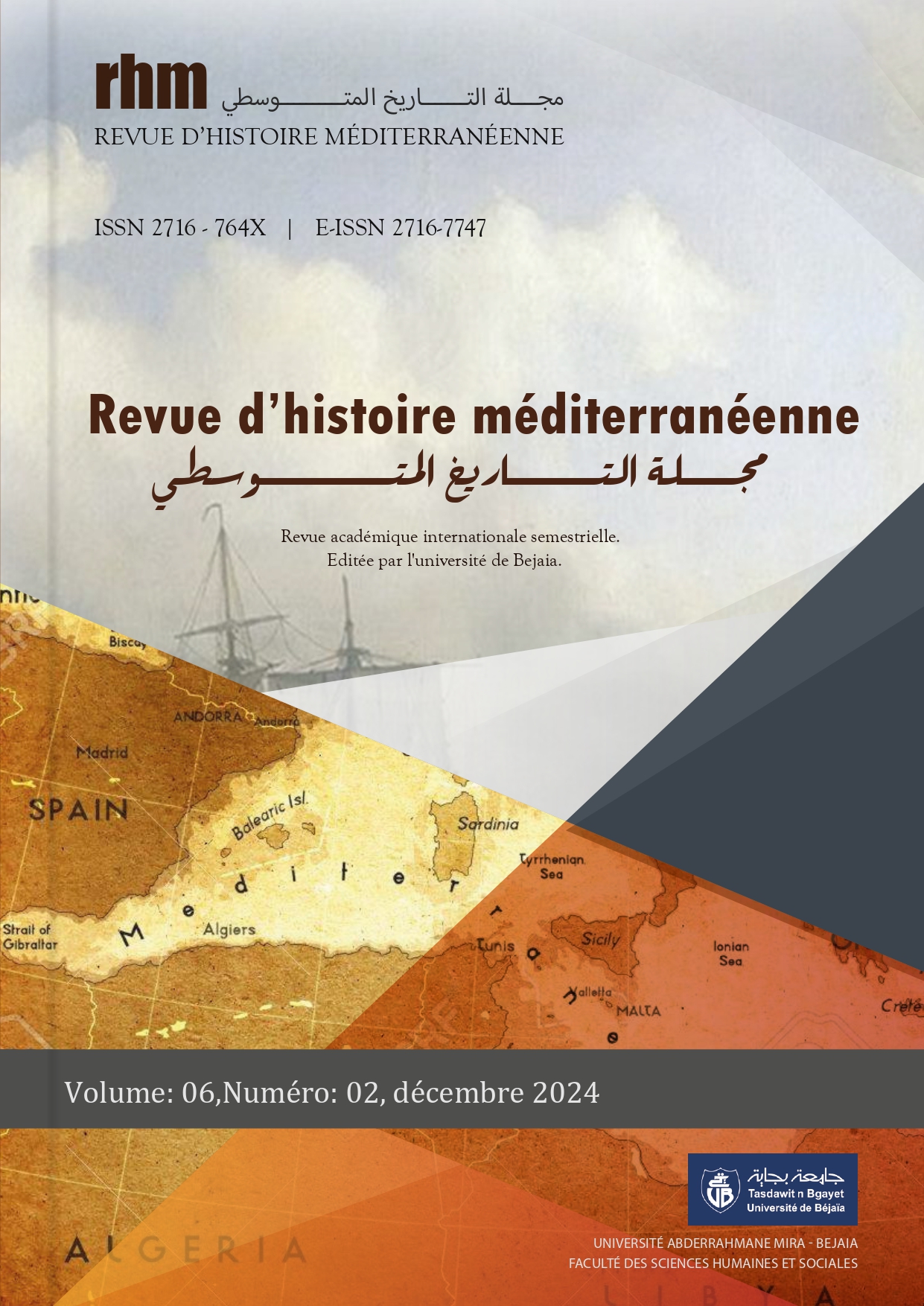The Geographical impact on the political map of the central Maghreb states between the 8th and 11th centuries AD
Résumé
During the middle Ages, the central Maghreb (modern-day Algeria) served as a refuge for rebellious movements against Abbasid authority, largely due to its considerable distance from the caliphate’s headquarters in Baghdad and its challenging terrain. These factors contributed to the emergence of several independent states in the region between the 8th and 11th centuries AD. Despite the extensive research on the political history of this period, the role of geography in shaping the political boundaries and the development of these states has not received sufficient attention. Geographical elements such as mountains, deserts, and waterways played a significant role in the formation, expansion, and defense of these states, influencing their political stability and territorial control. This paper seeks to explore how the distinctive geography of the central Maghreb impacted the political map, state formation, and the delineation of borders during this time. The study employs a dual methodology: a descriptive approach to detail the region's geographic features and an analytical approach to examine how these features influenced political dynamics, including state establishment, expansion, and boundary demarcation.










